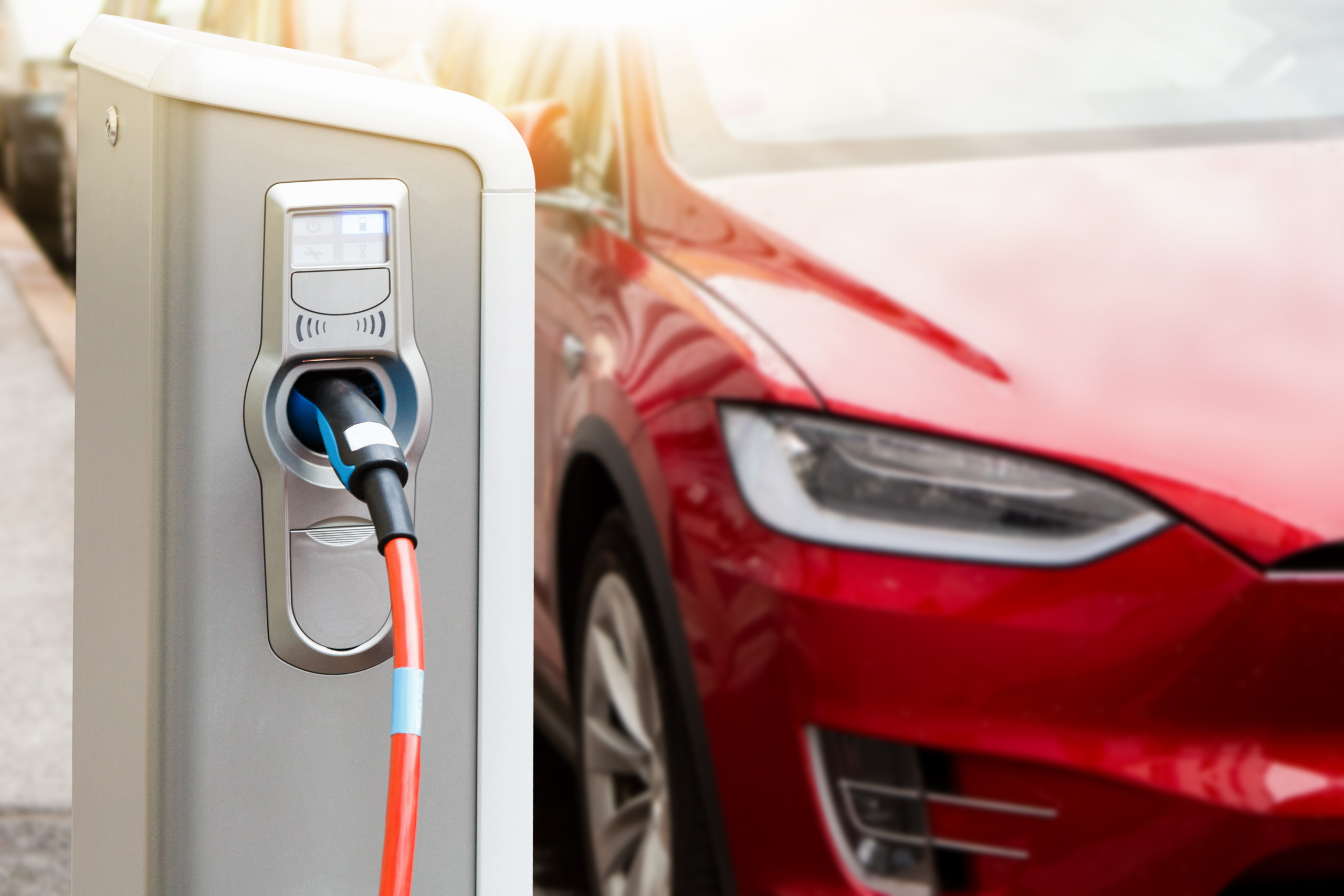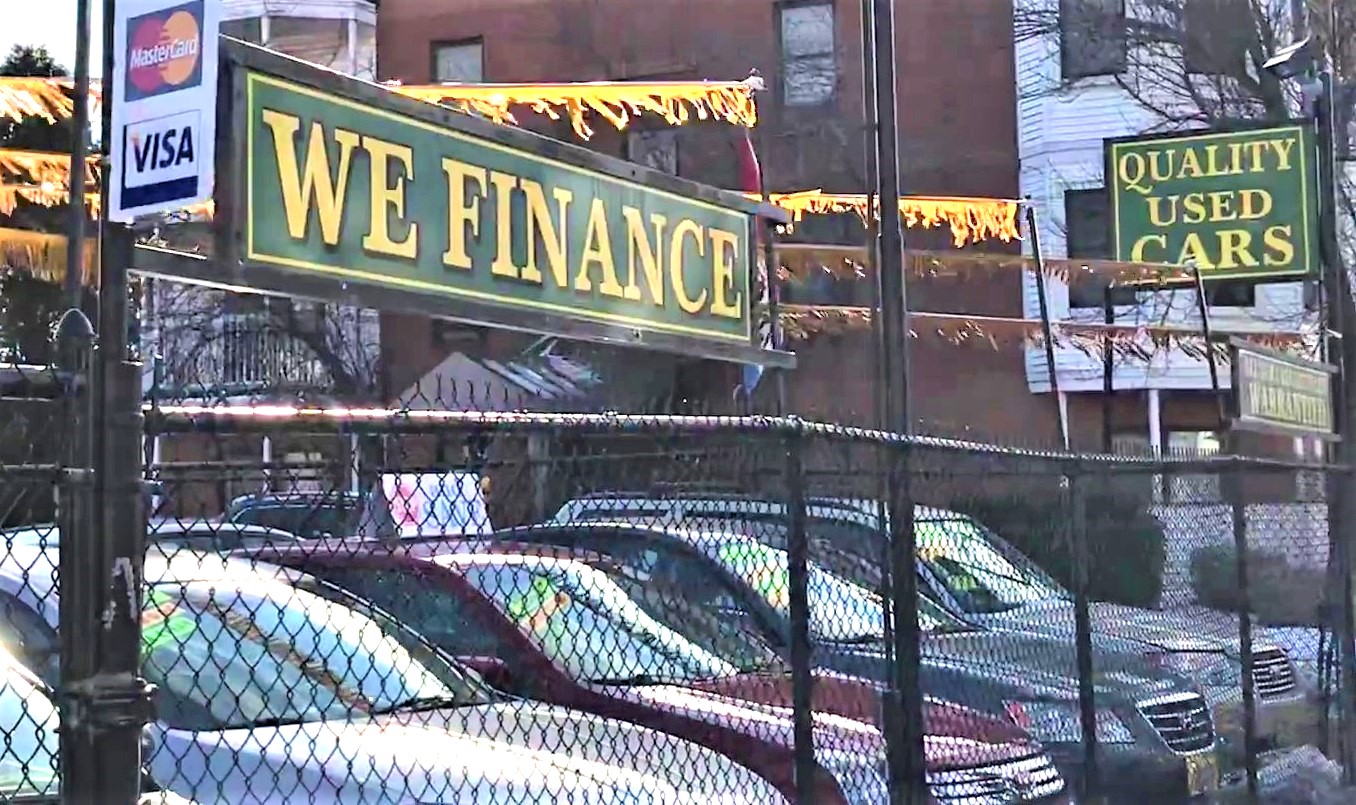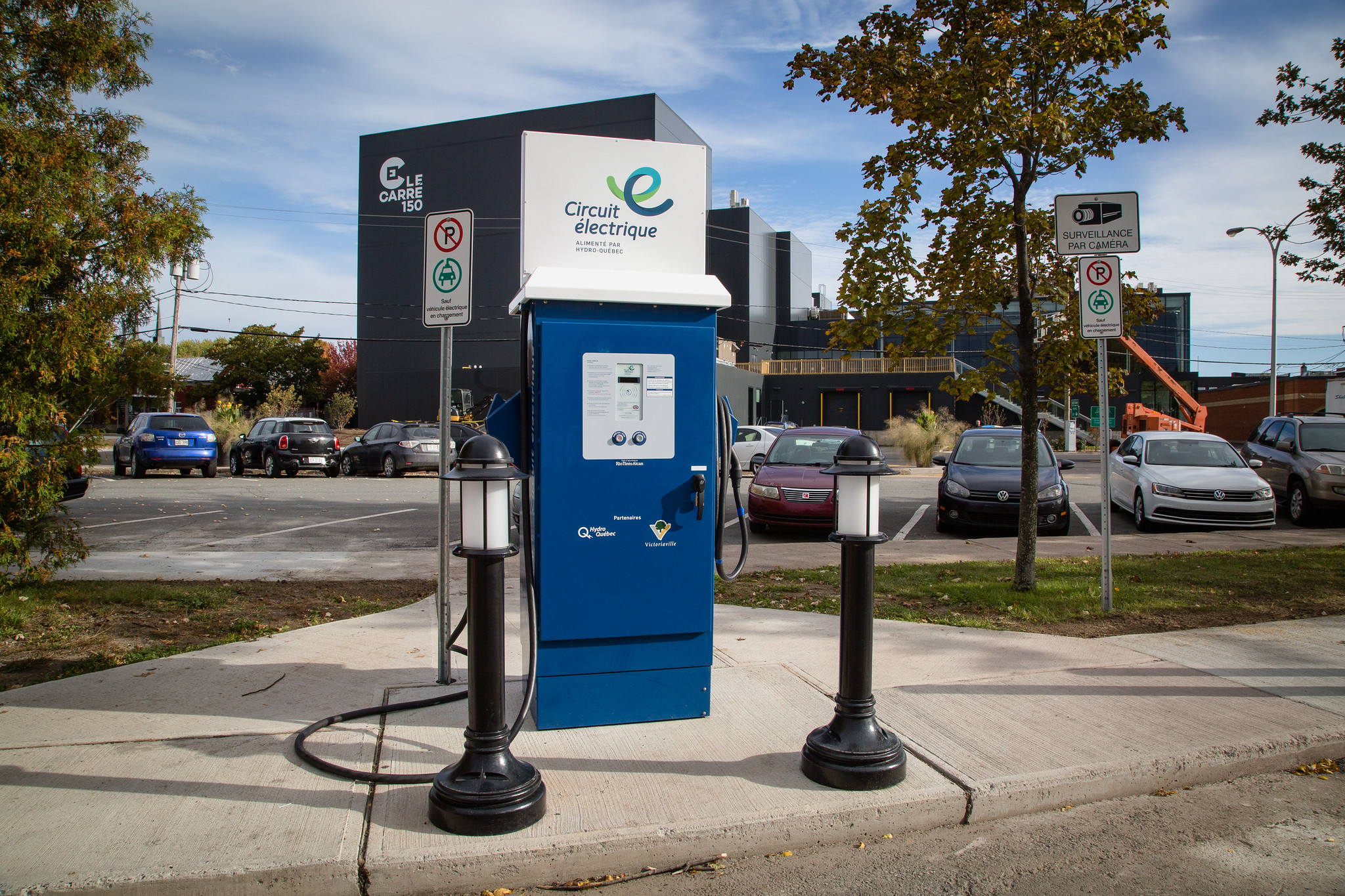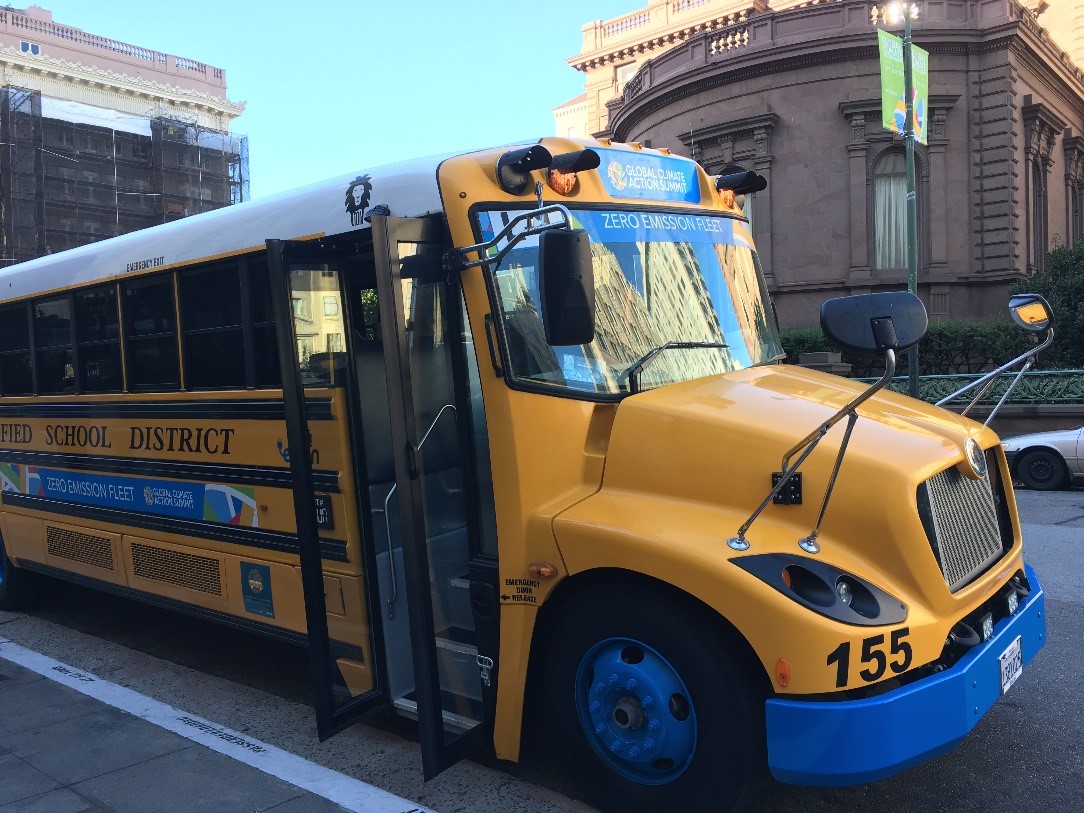
Electric Vehicles Can Help Los Angeles Meet Its Goals for Reducing the Urban Heat Island Effect
Urban heat islands are a health risk for vulnerable populations, cause people to run air conditioners more (driving up electricity bills and global warming pollution), and accelerate the formation of ground-level ozone that triggers breathing problems. To combat the urban heat island effect, cities are pursuing a variety of strategies, including planting more trees, replacing roofs with more reflective material or even vegetation, and using different pavement that reflects more heat. Los Angeles, for example, just released its sustainability plan that includes the goal of reducing its urban-rural heat difference by 1.7 degrees in 2025 and 3.0 degrees in 2035. Part of the way the city intends to achieve this goal is by planting trees, installing 10,000 cool roofs by 2017, testing cooler pavements, and removing hard surfaces where possible. Los Angeles and other cities should pursue an additional strategy: replacing conventional gasoline- and diesel-powered vehicles with electric vehicles.
On hot summer days in Baltimore, where I lived for eight years, I dreaded my evening bike ride home from work—except for one brief section. I don’t like hot, humid weather, and biking over pavement radiating heat makes it worse. But one portion of my commute carried me along the edge of the Johns Hopkins campus and through a short section of Wyman Park, where the well-watered lawns and tall trees kept the temperature much lower. Then I’d re-emerge into my dense urban neighborhood and full summer heat, and arrive home a sweaty mess.
The temperature difference between paved streets and natural areas is one example of the urban heat island effect. Pavement and buildings retain more of the sun’s heat than do trees and grass, where evaporation also helps to lower temperatures. Densely developed urban areas typically are much hotter than surrounding areas. During the day, the temperature might be 1.4 to 4.5 degrees F warmer in the city; at night, it might be as much as 22 degrees warmer.
Making urban bike commuting unpleasant is the least of the impacts of urban heat islands. Elevated temperatures are a health risk for vulnerable populations, cause people to run air conditioners more (driving up electricity bills and global warming pollution), and accelerate the formation of ground-level ozone that causes breathing problems.
To combat the urban heat island effect, cities are pursuing a variety of strategies, including planting more trees, replacing roofs with more reflective material or even vegetation, and using different pavement that reflects more heat.
Los Angeles, for example, just released its sustainability plan that includes the goal of reducing its urban-rural heat difference by 1.7 degrees in 2025 and 3.0 degrees in 2035. Part of the way the city intends to achieve this goal is by planting trees, installing 10,000 cool roofs by 2017, testing cooler pavements, and removing hard surfaces where possible.
Los Angeles and other cities should pursue an additional strategy: replacing conventional gasoline- and diesel-powered vehicles with electric vehicles.
Researchers at Hunan University, Michigan State University and Argonne National Laboratory have documented that gasoline- and diesel-powered vehicles, which produce tremendous amounts of heat, are important contributors to the urban heat island effect. You’ve probably noticed this heat as you walked past a car that’s just been parked. Electric vehicles, in contrast, produce very little waste heat, just one-fifth that of a gasoline vehicle.
By swapping out large numbers of conventional vehicles in favor of electric vehicles, the temperature of urban areas can be reduced. The researchers modeled a scenario for Beijing in summer 2012, where they calculated that had all gasoline vehicles been replaced by electric vehicles, the average urban temperature would have been 1.7 degrees F lower, reducing the city’s heat island effect by nearly one-third.
Lower air temperature in the city means that people won’t run their air conditioners as much. In Bejing, the researchers estimated that air conditioner use would have declined by 12 percent, reducing electricity consumption and global warming pollution.
For a city like Los Angeles, increased use of electric vehicles could help the city achieve several goals in its sustainability plan. First, electric vehicles will help lower elevated urban temperatures. Second, by reducing demand for air conditioning in buildings, electric vehicles can help the city with its goal of reducing electricity consumption. Electricity use in buildings is the city’s second largest source of global warming pollution and therefore the city has adopted a goal of cutting electricity use by 30 percent per square foot by 2035. More electric vehicles mean lower temperatures, less need for air conditioning, and reduced electricity consumption in buildings.
L.A.’s sustainability plan already calls for greater use of electric vehicles, with a goal of 10 percent electric vehicles by 2025 and 25 percent by 2035. The plan calls for the city to purchase electric vehicles for government-owned fleets, and to support modernization of the electricity grid to facilitate private ownership of electric vehicles. L.A. should seek additional policies that will replace a greater share of gasoline- and diesel-powered vehicles with electric vehicles.
Often, solutions to environmental problems deliver some side-benefits. For example, cutting global warming pollution by reducing the amount of coal burned to produce electricity can provide a co-benefit of improved air quality. But it isn’t often that one solution—increasing the use of electric vehicles—offers so many additional upsides: protecting public health, cutting power bills, and reducing global warming pollution from other sources.
Topics
Authors
Elizabeth Ridlington
Associate Director and Senior Policy Analyst, Frontier Group
Elizabeth Ridlington is associate director and senior policy analyst with Frontier Group. She focuses primarily on global warming, toxics, health care and clean vehicles, and has written dozens of reports on these and other subjects. Elizabeth graduated with honors from Harvard with a degree in government. She joined Frontier Group in 2002. She lives in Northern California with her son.
Find Out More

Automakers could have learned to build EVs. They paid Tesla to do it instead.

The auto industry has a sustainability problem. And it’s not just about the environment.

Totally wired: How Quebec became a leader in electric vehicle charging

